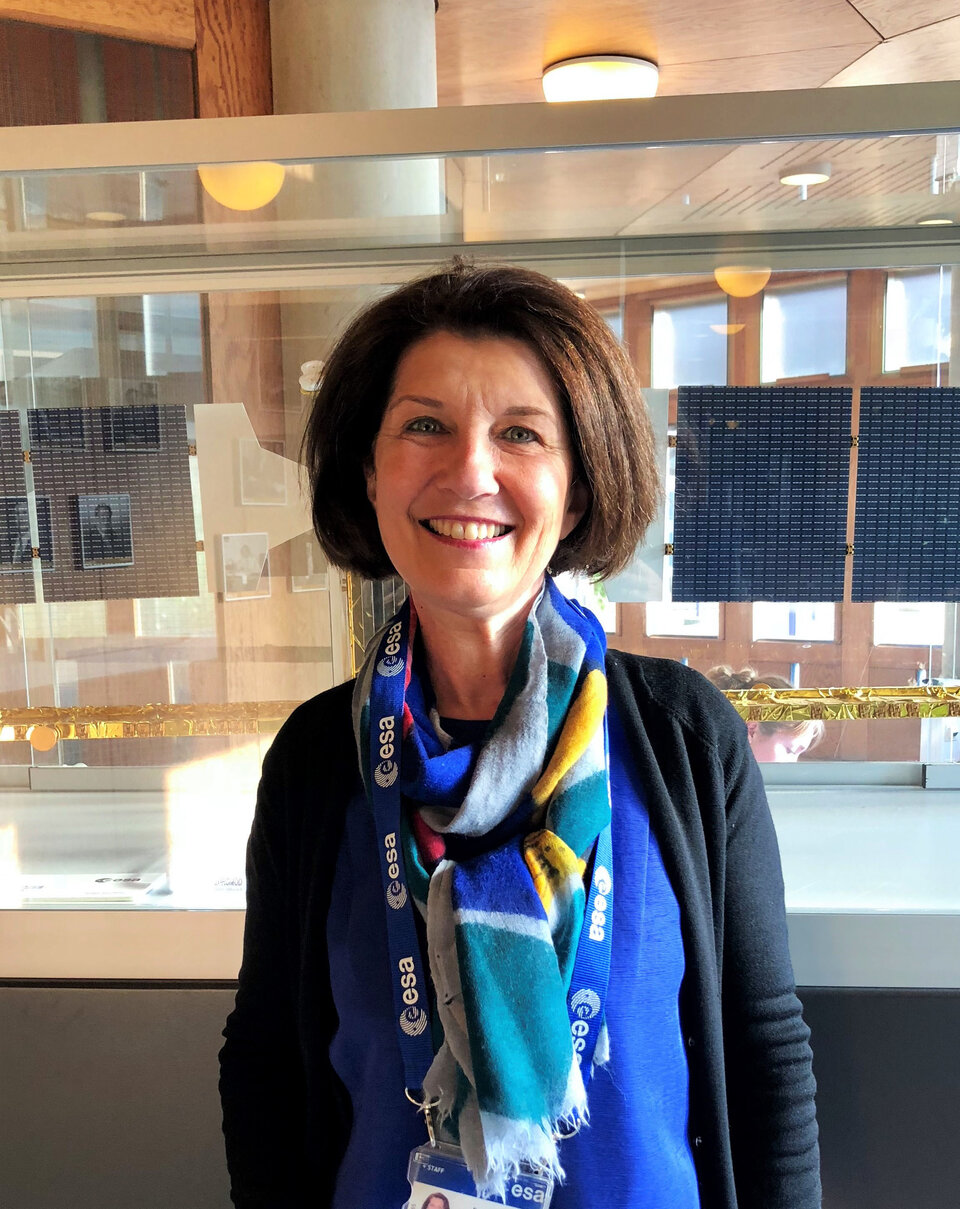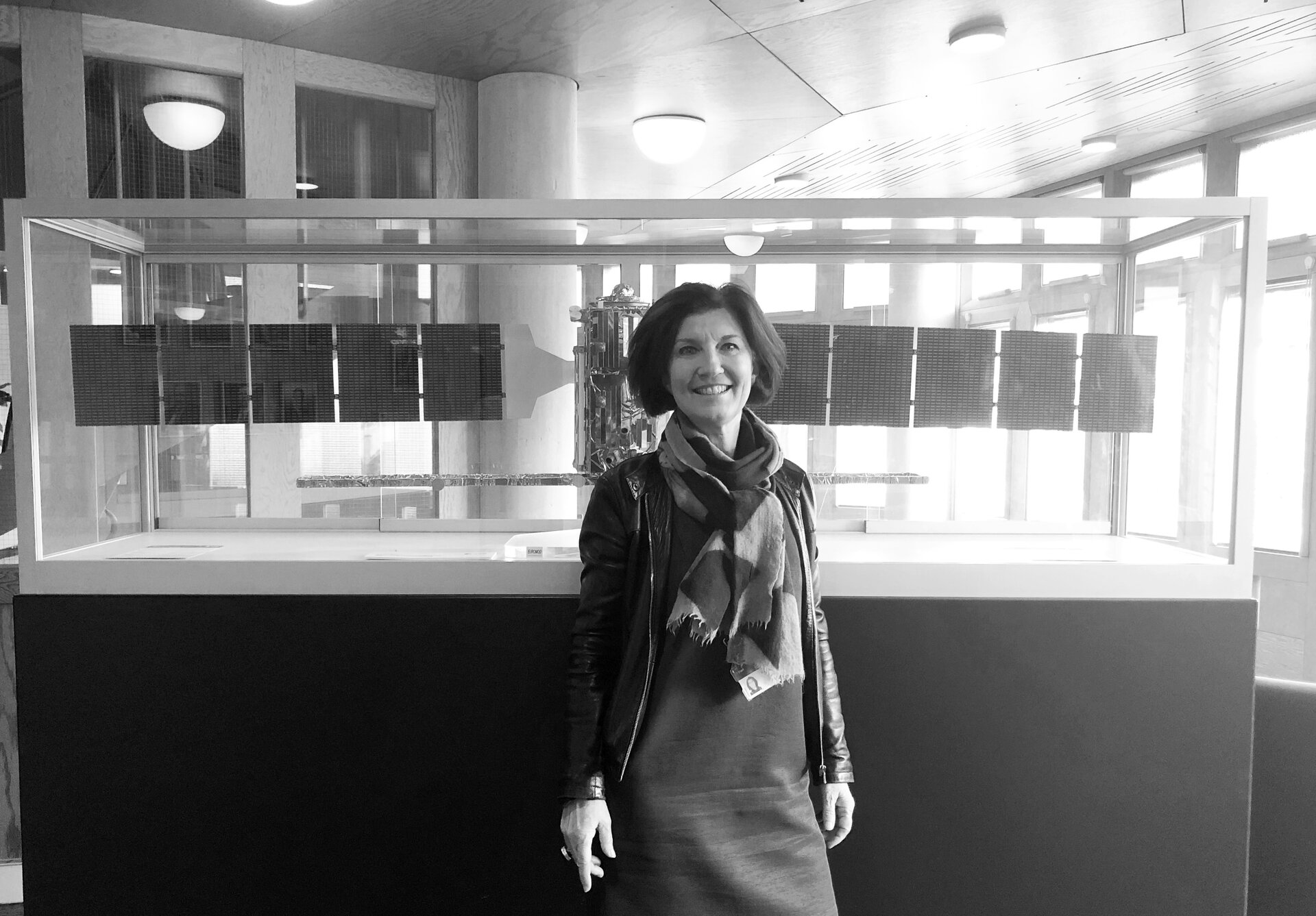ESA’s Head of Recruitment tells us all about the YGT programme
2019 Young Graduate Trainee opportunities will be launched on 15 November 2019. We took the occasion, to get the inside information on the programme from ESA’s Head of Recruitment, Florence Loustalot. Read on to find out everything you need to know before applying!
Florence, thanks for agreeing to chat to us. The YGT Programme is well established at ESA; how long has it been going?

It’s hard to believe, but we launched the programme in October 1983 and so it’s now been running for more than thirty five years!
Since then, it has given hands-on experience in an international and multicultural environment to generations of graduates, with on-the-job learning at its heart. Most YGTs have very little professional experience and this 12-month traineeship is often the first step towards a future career in research or the space industry. And this on top of the enriching personal experience of living and working abroad, in a diverse international environment.
Is it only for students with a background in engineering and science?
While the majority of our opportunities are indeed in engineering or scientific fields, we also offer a few opportunities in support areas including communication, Human Resources, and Procurement and Legal Services. So do check out the opportunities to see if there’s something there for you!
However, would you say that the programme’s strength is the chance to gain experience in the development and operation of space missions?
Yes, the YGT programme offers a unique opportunity to work within a team of experts and under the supervision of a dedicated tutor, to be involved in projects and missions. And there are also informal exchanges and information-sharing sessions with fellow trainees to broaden knowledge and discover other fields of activity.
Is the YGT programme only for one year ? Is it possible to apply for staff positions after?
In principle yes, this is a one-year experience; however, provided a few conditions are met, a second year extension may be granted. And yes, YGTs can apply for staff positions at ESA after their traineeship or even towards the end of their traineeship.
Who can apply? And when?
Over 100 YGT opportunities are published on our careers website for four weeks, between mid-November and mid-December each year.
To apply, you must be either a student in the final year of a Master’s degree at University or an equivalent institute, or have just graduated. You must have completed your Master's degree by the time you start your assignment at ESA. You must also be a citizen of one of the ESA Member States or from one of the European Cooperating States, Slovenia as an Associated Member State or Canada as a Cooperating State.
How long does the recruitment process take?
After we’ve received applications and the opportunities are closed, we begin shortlisting in the new year, ready to start pre-selection interviews, by phone or video, in March-April. Final interviews are then held, using interactive video and the successful candidates join ESA between June and October.
Once you’ve applied, you can track the status of your application through this process.
What’s the first thing you look for in an application?
The content of course, in particular motivation and interests, but clarity and attention to presentation are also very important. We receive around 5,000 applications to the programme each year. Your CV and motivation letter are our first contact with you, and what makes us curious to meet you.
Any tips to share for students interested in applying?
Focus your application on an opportunity that genuinely interests you and fits your educational background. Highlight your interest and enthusiasm for working in the space domain. Then for those who are invited for preselection or later for the final interview, I highly recommend you prepare thoroughly on both your motivation and professional goals as well as on ESA programmes and activities. And the key of course is to be yourself…




